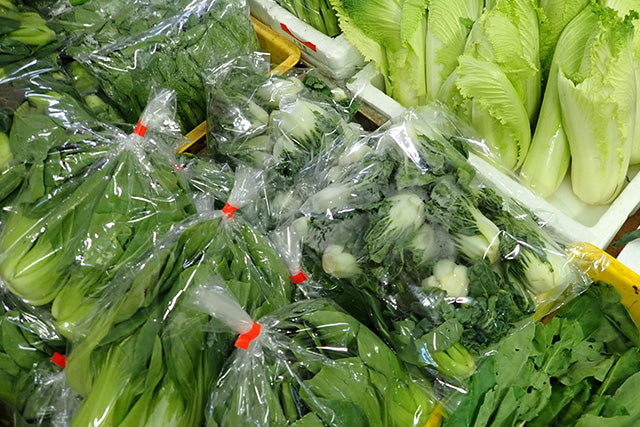
Fresh Baby Vegetables
Fresh baby vegetables are seen everywhere these days: from salads and sautés to different entrees and appetizers of your meals. One can be able to grow your own fresh baby vegetables which is perfect for boutique gardens. These thumbelina-size baby vegetables take up relatively little space to plant and grow. You can even plant baby carrots in patio containers or tuck squash into flowerbeds. One can opt to go to the wet market and choose the best and freshest baby vegetables for your daily consumption.
If you will buy these fresh baby vegetables, check for the following guidelines.Take your pick from a rainbow of vibrant colors for the baby carrots. Roots should be firm and smooth; feathery tops, crisp and bright green. Trim tops, refrigerate separately, and you can add it to salads.
If you need to buy baby potatoes, choose small, firm potatoes with smooth, paper-thin skins. Each product offers a unique taste and texture. Remember to store in a cool, dry, dark place. You can look for clean, crisp leaves with fresh-cut ends for the baby lettuce. Wash, dry, wrap loosely in paper towels, and place in a zip-top plastic bag. You must refrigerate in the crisper drawer.
Baby cauliflowers have a color range from bright orange to lime green although all are similar in flavor. Inspect for firm heads with tightly clustered florets. If you will keep it, refrigerate unwashed in a perforated zip-top plastic bag.
One must choose crisp, firm spears with tightly closed tips for Baby asparagus. White spears are delicately flavoured; purple is slightly sweeter. Put it inside a zip-top plastic bag then refrigerate in the crisper drawer.
The color and shape of the baby summer squash vary from scalloped yellow patty pan to slender green zucchini. The freshest and most tender have smooth, glossy skin. It should be kept in a perforated zip-top plastic bag in the fridge.
As always, check for the firm, brightly colored beets with smooth skin and crisp tops. Trim tops, leaving 1⁄2 inch of stem; refrigerate unwashed beets and tops separately in zip-top plastic bags.
Many of us think that something that is supposed to be a "baby" should be young and tender or soft. Alternatively, these small or dwarf versions and hybrids will often end up just as tough and not nearly as sweet as a true baby. And the irony of it all, they are often much more expensive than their "adult" counterparts.
